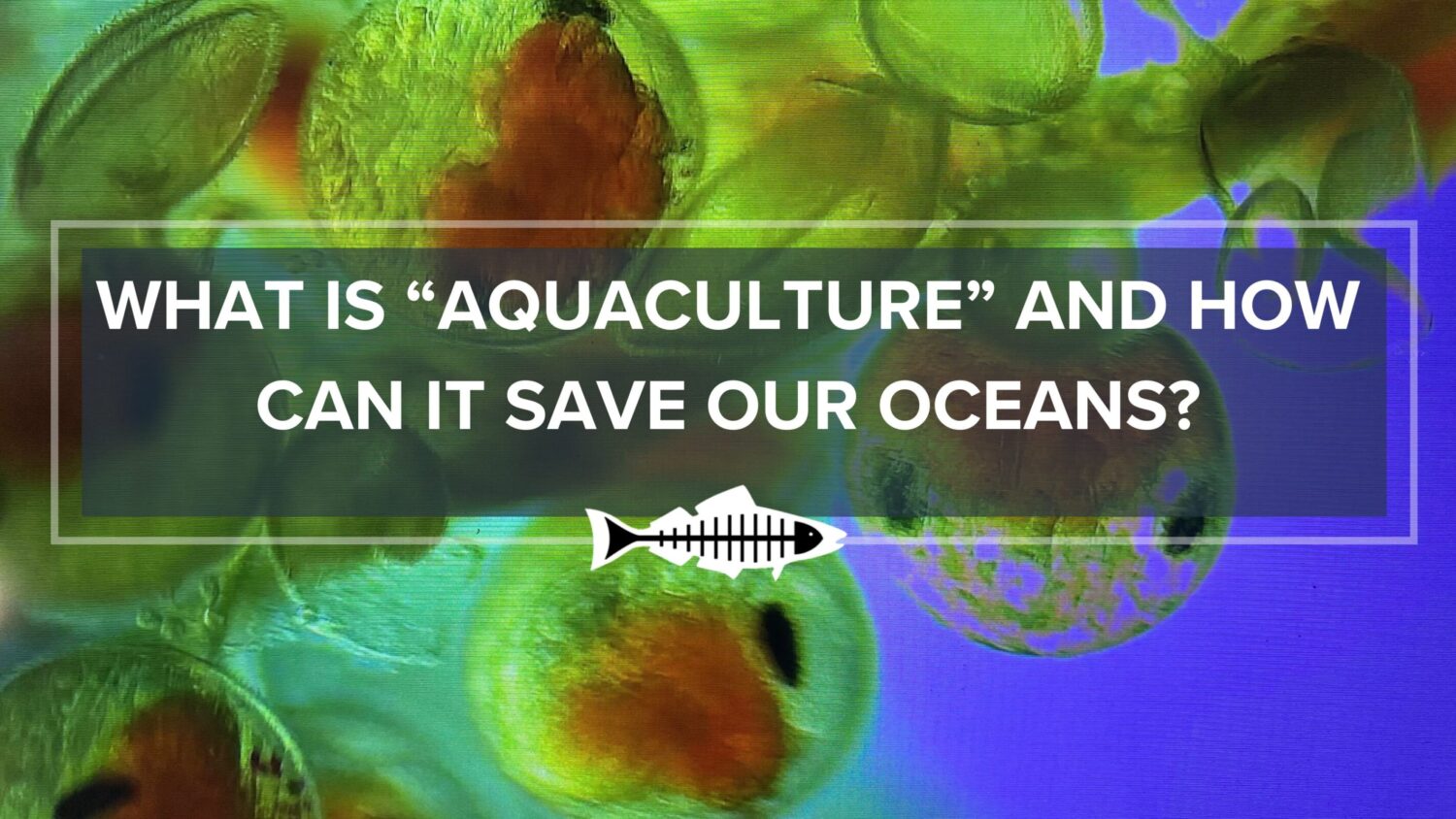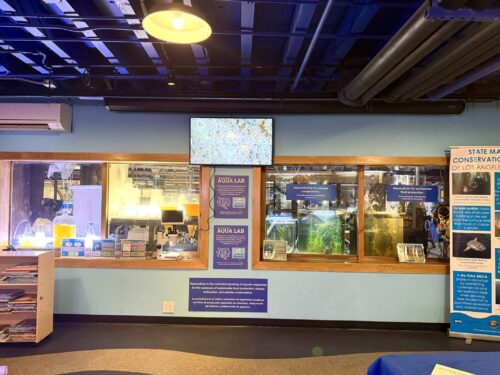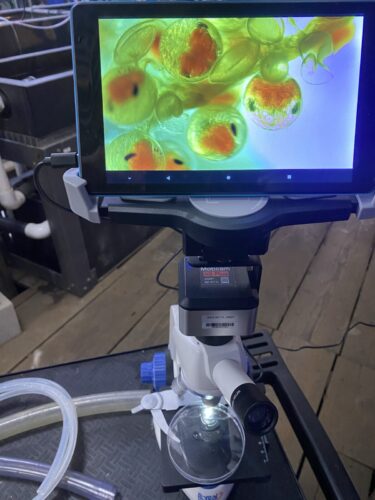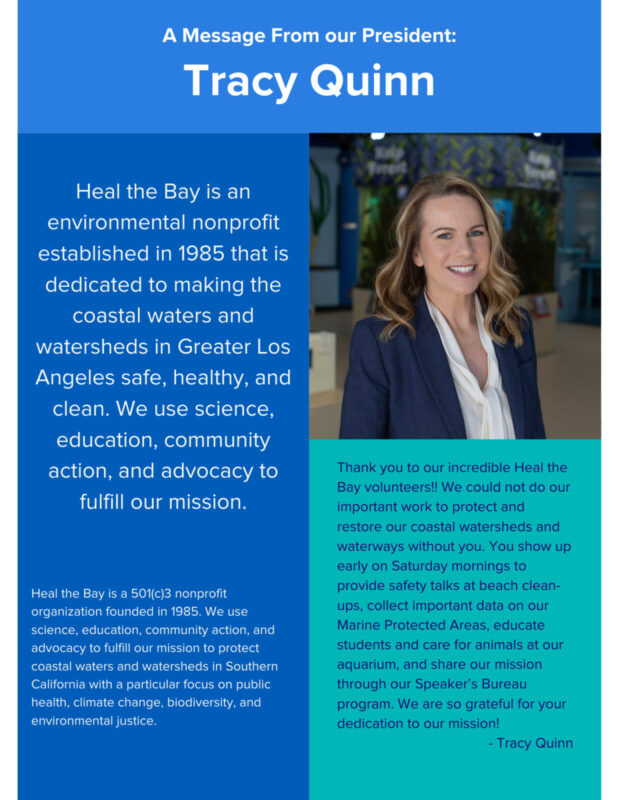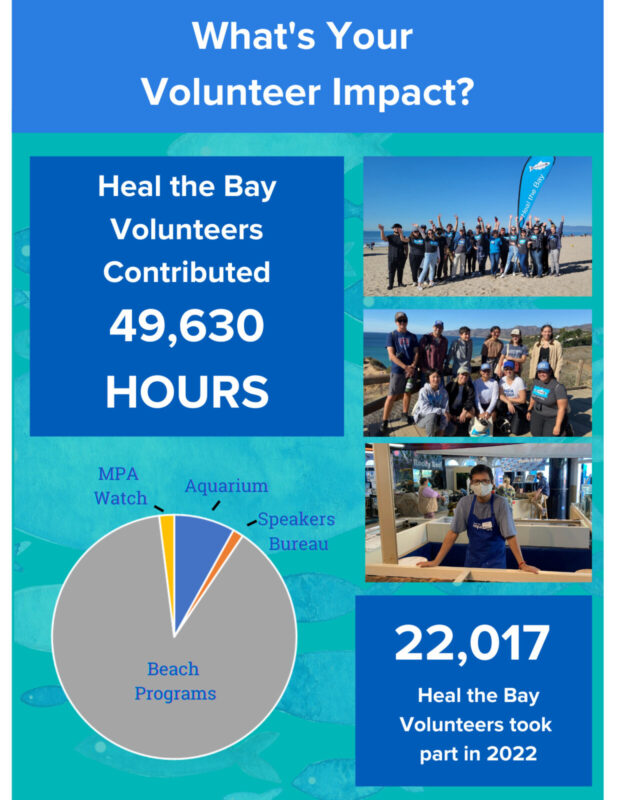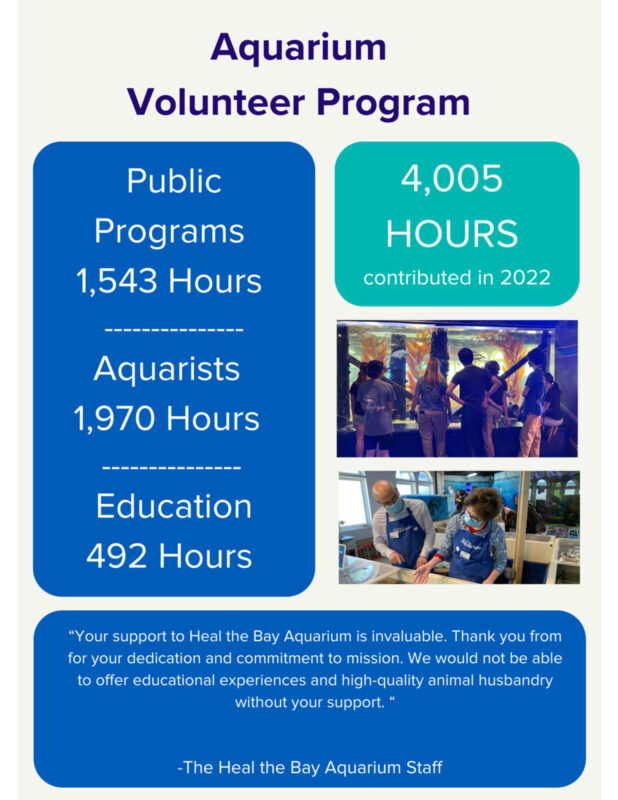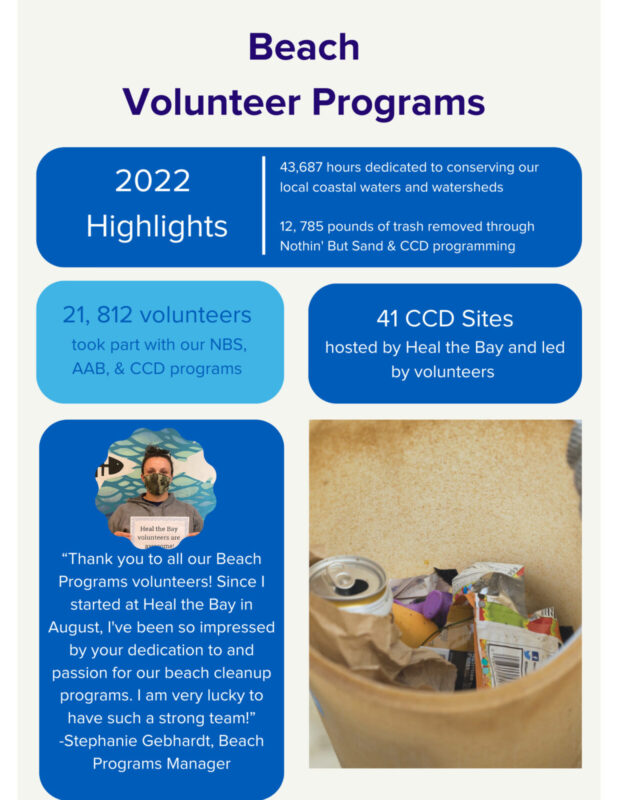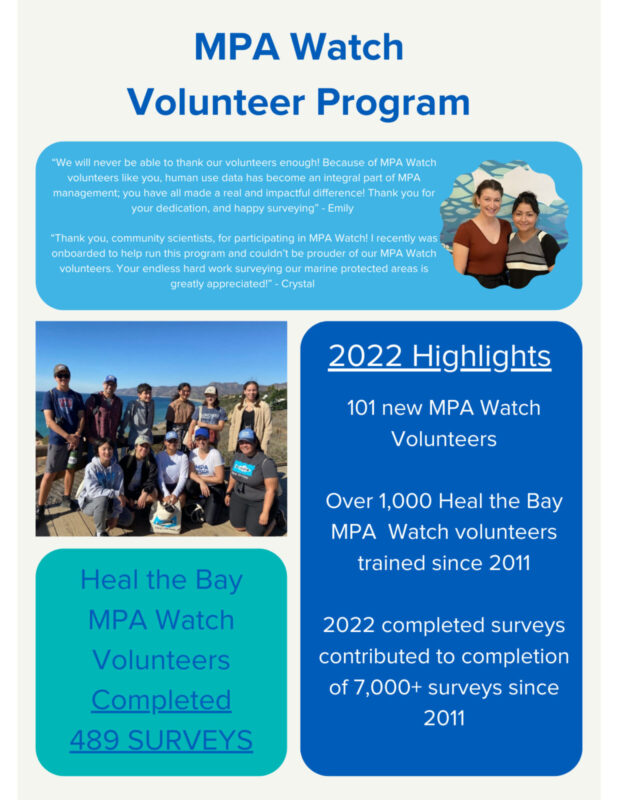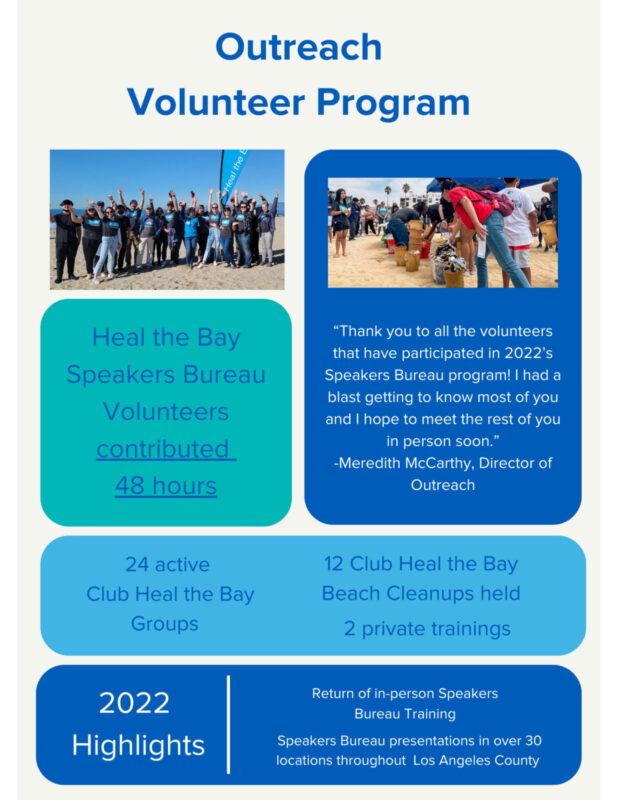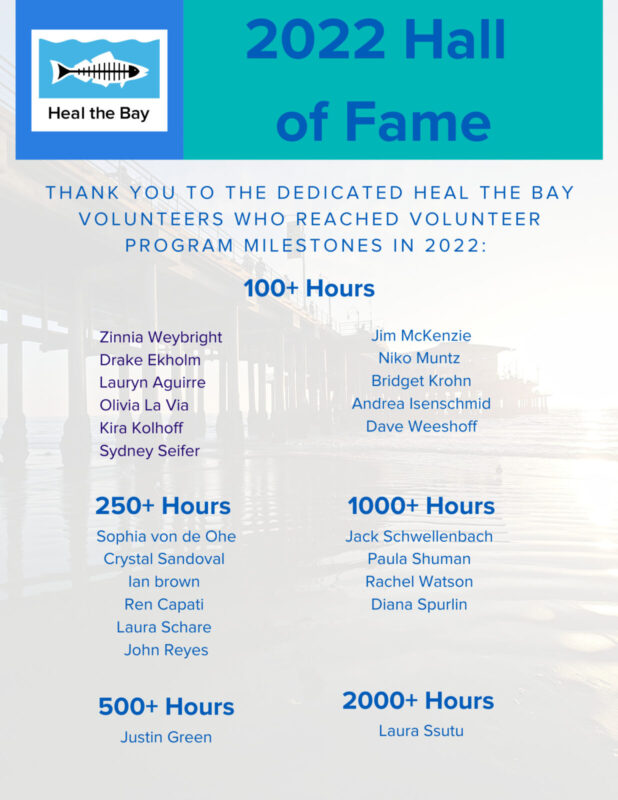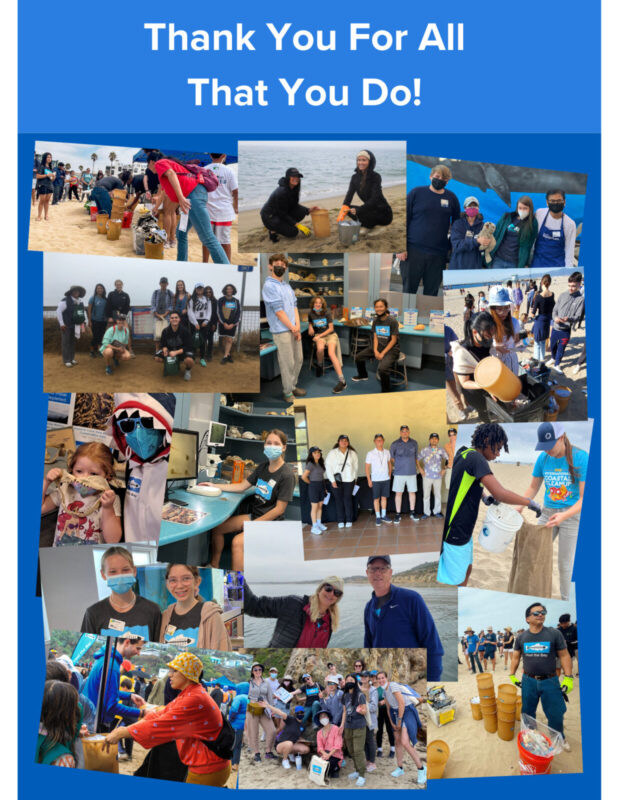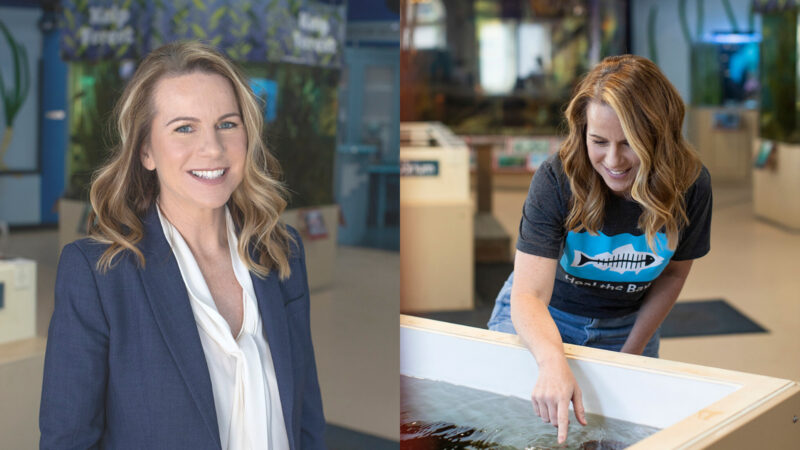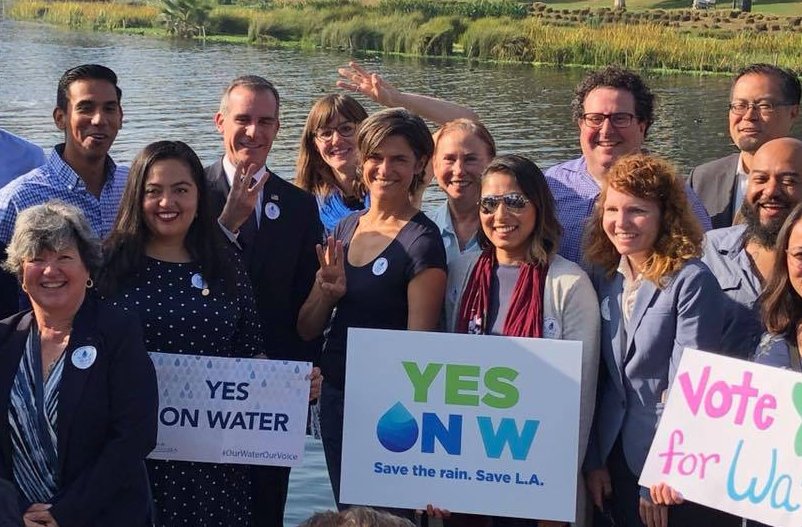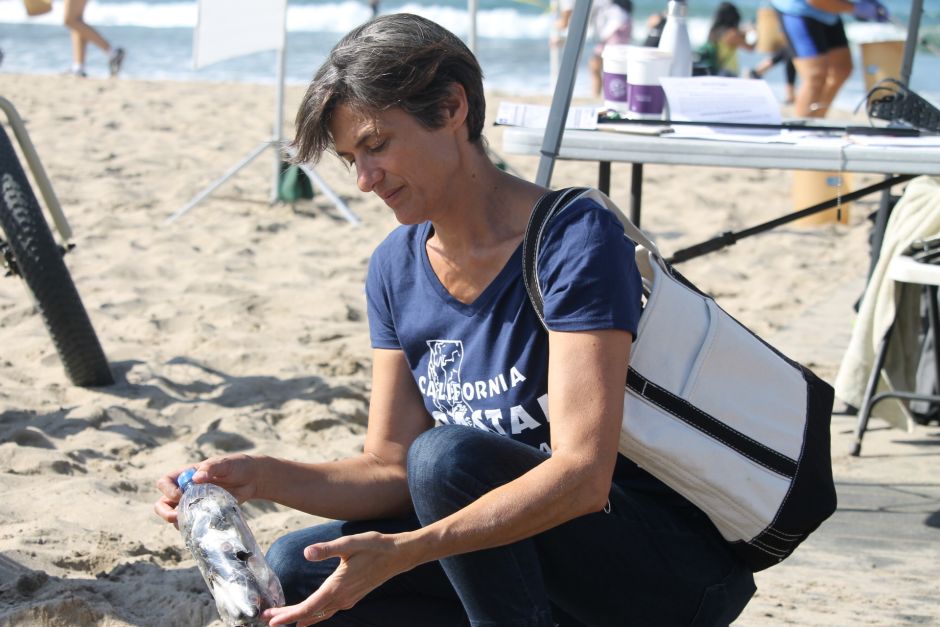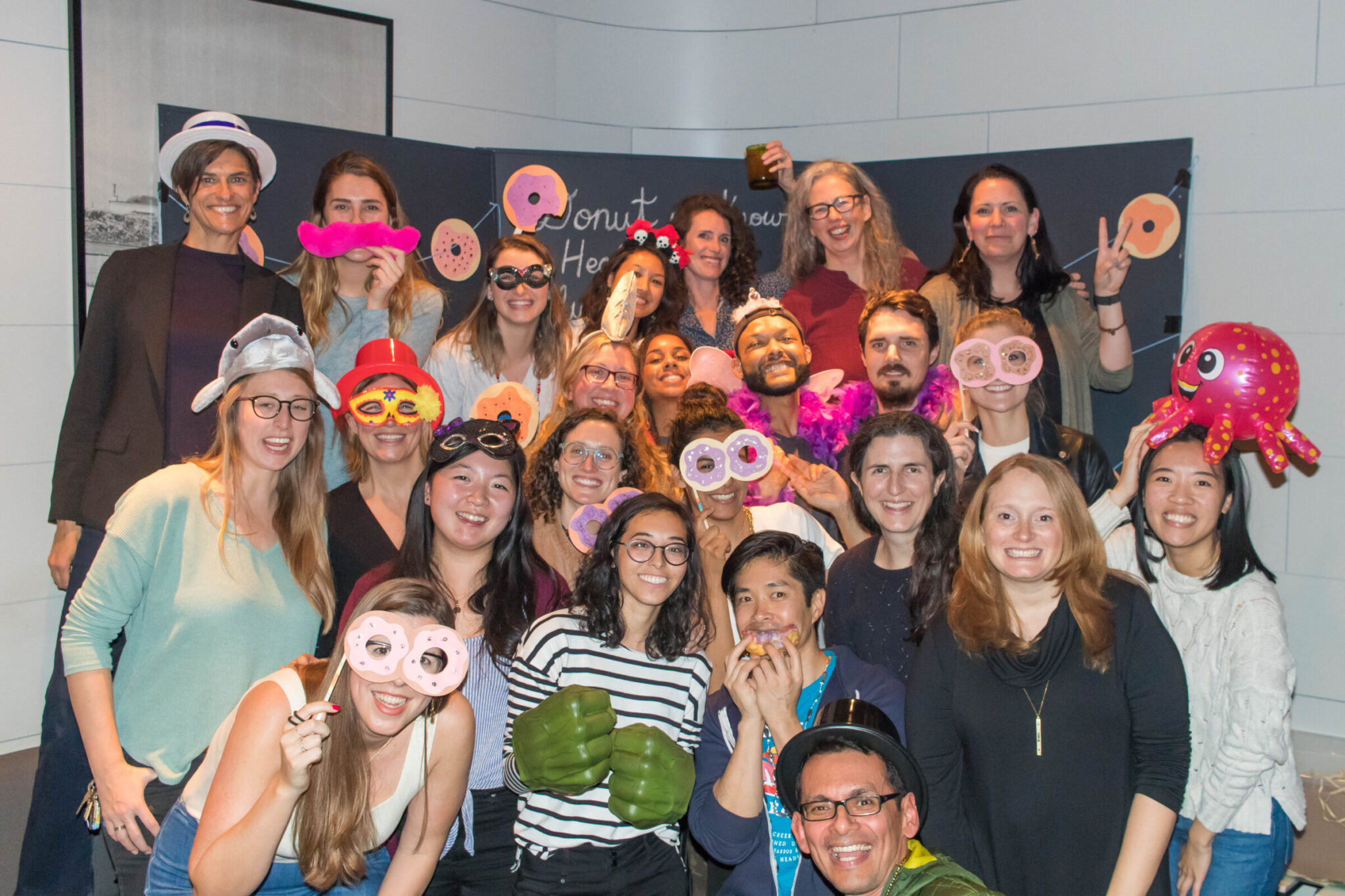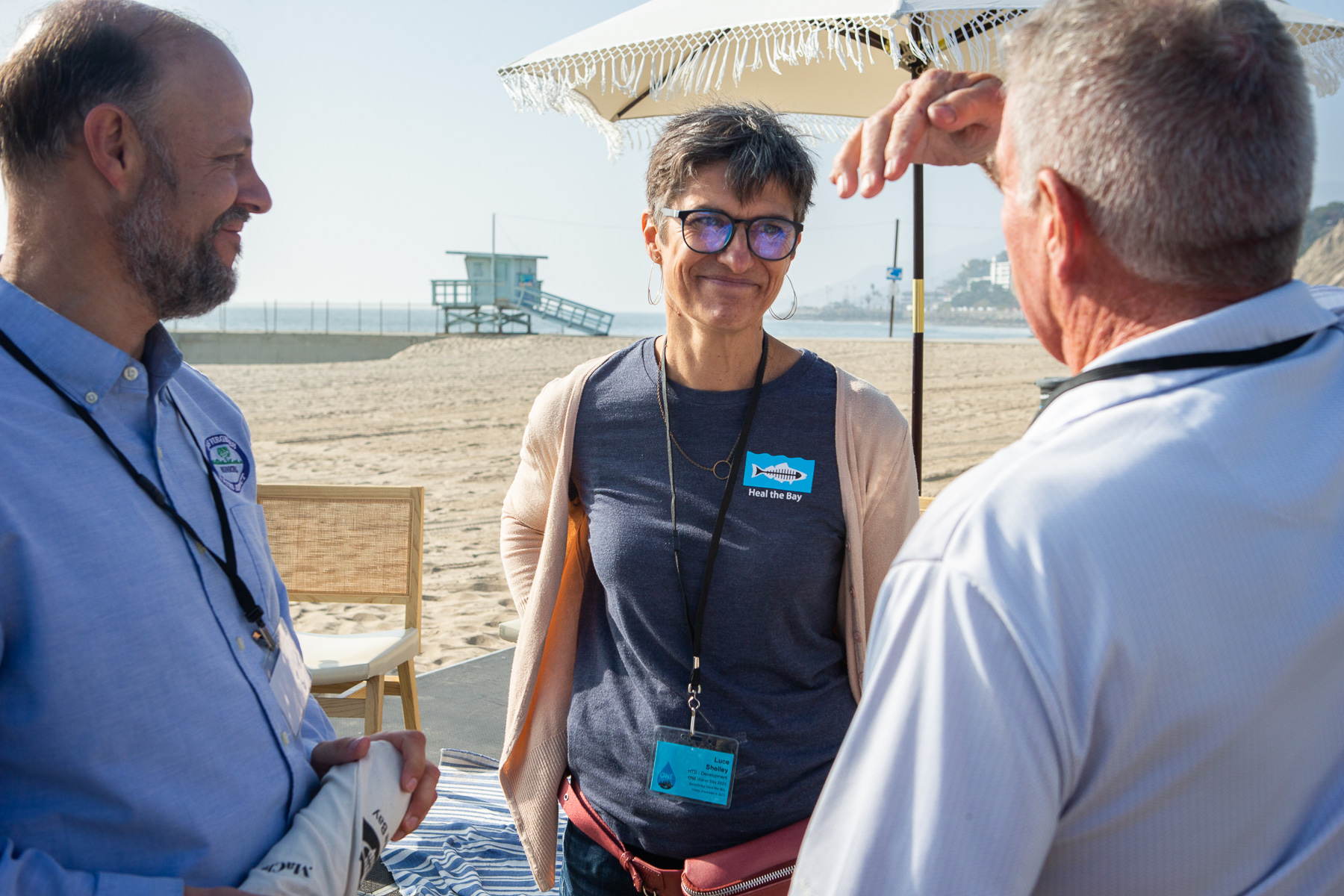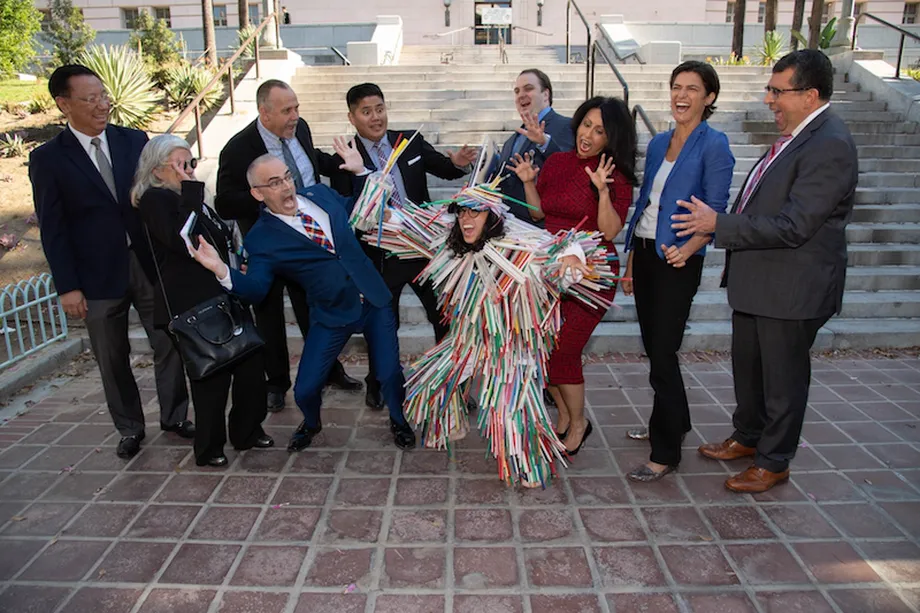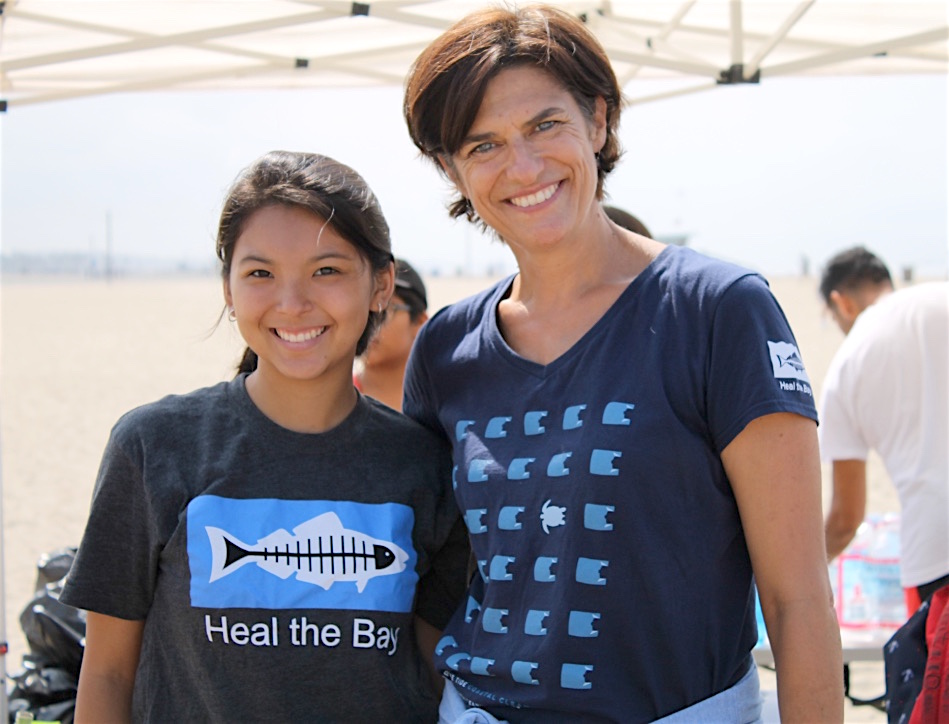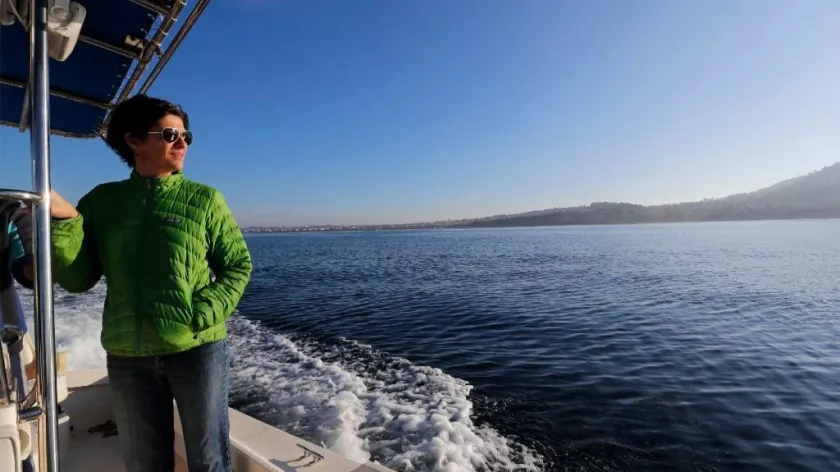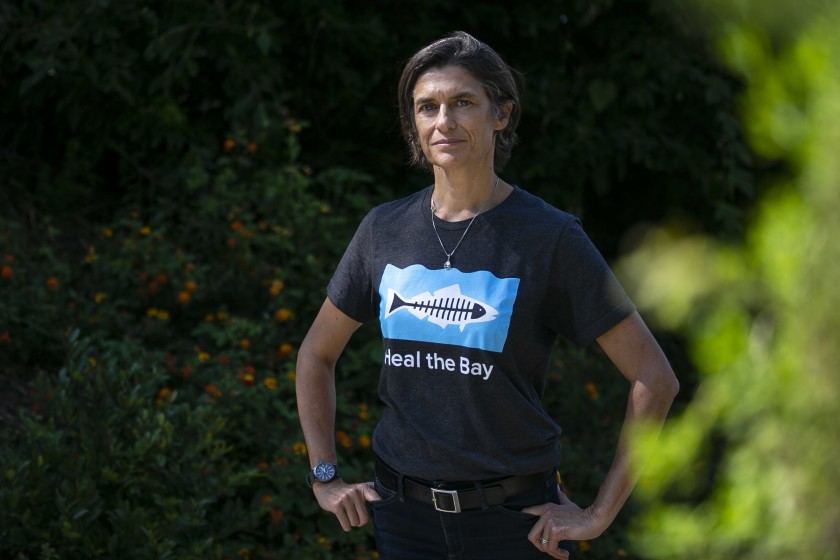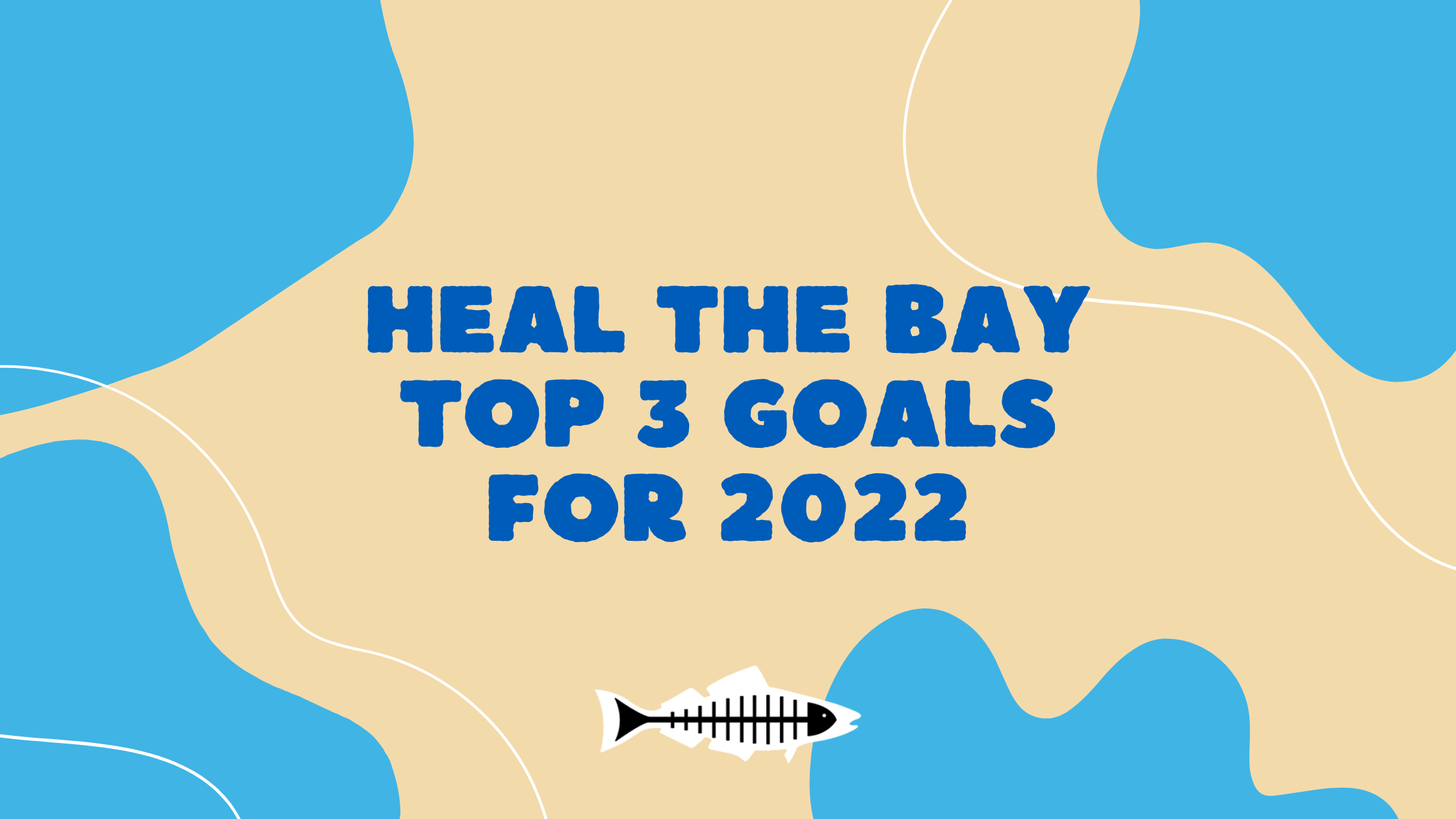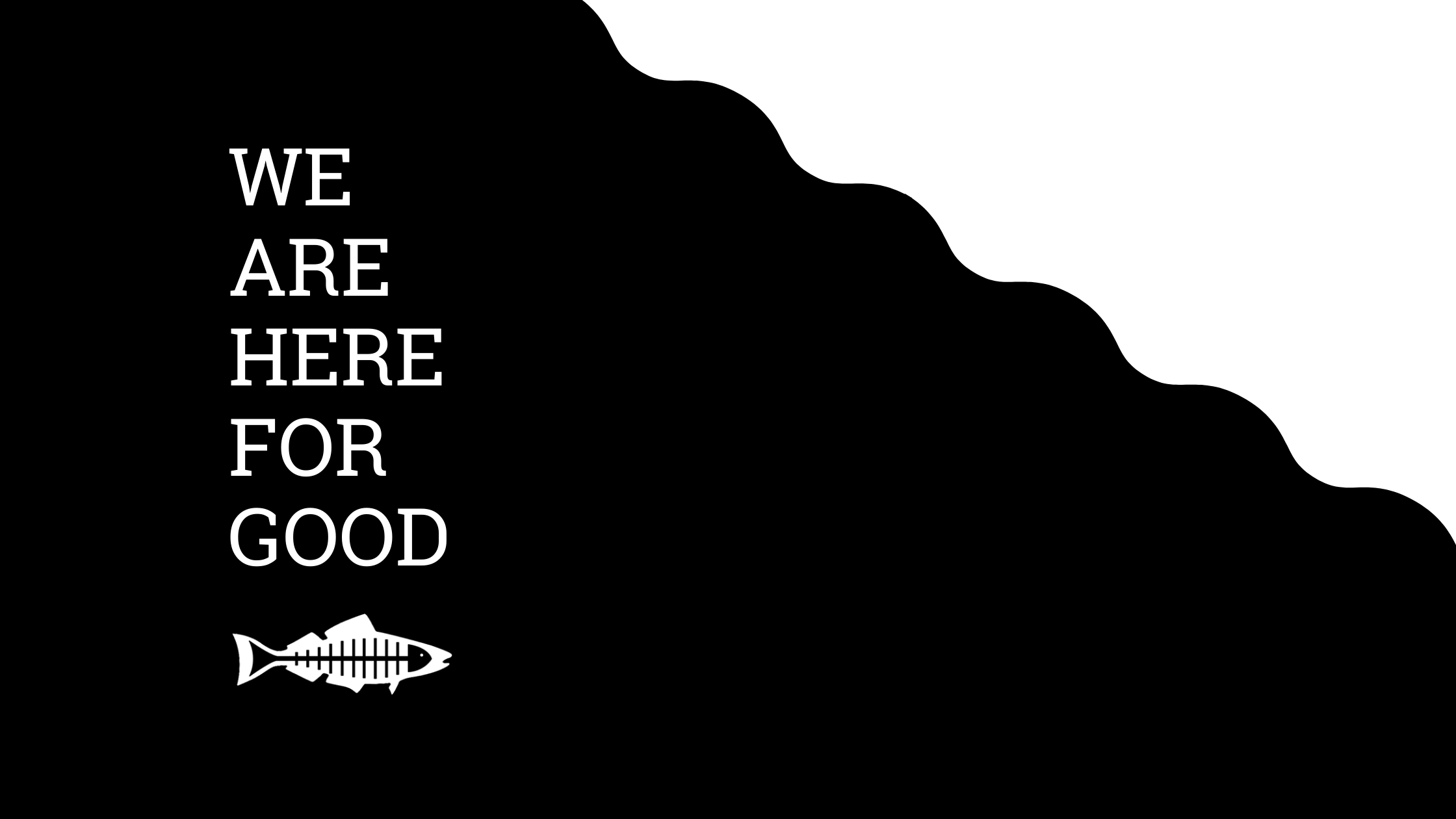Reimagining the Ocean and Protecting the Planet with Heal the Bay’s Aquaculture Program
Pollution, climate change, and over-fishing have all played a role in the dramatic decline of marine life in our oceans, contributing to food scarcity and poverty in coastal communities across the globe that rely on fishing for food and their local economy.
And while organizations like Heal the Bay work to address the causes of the decline, we also have another tool in our toolbelt. Aquaculture is the controlled growing of aquatic organisms and can be used for sustainable food production, habitat restoration, and species conservation.
At Heal the Bay, we are taking a groundbreaking step in reimagining the modern aquarium. We are working to become the nation’s first fully sustainable aquarium by exclusively exhibiting animals that have been produced through aquaculture.
- Heal the Bay is currently culturing swell sharks, moon jellies, giant spine stars, Pacific sand dollars, and brand new baby pipefish.
- The AquaLab at Heal the Bay Aquarium give the public a chance to learn about our work.
By sourcing our exhibits through aquaculture, we reduce the environmental impact of traditional collection methods, support marine ecosystem restoration, and contribute to the conservation of endangered species—making our aquarium a model of sustainability in the field.
But we aren’t stopping there! We are also helping develop the so-called “blue economy” by mobilizing local students to steward this paradigm shift through our Aquaculture Training Program in partnership with Santa Monica College. Heal the Bay experts, in partnership with SMC, have developed a program to ensure the next generation of aquaculture professionals is equipped to responsibly, sustainably, and ethically grow aquatic species. Our aquarium serves as a hands-on training facility, providing students with real-world experience in sustainable aquaculture practices in our AQUA lab, and our Associate Director of Aquarium Operations, Laura Rink, serves as an instructor for the class.
- The Students from Santa Monica College recieve hands-on education from Heal the Bay expert aquarists.
- Our fertile lobster eggs are thriving as Heal the Bay attempts to be the first aquaculture program to successfully settle this species of Spiny Lobster.
And our moonshot for Heal the Bay’s aquaculture program is to raise and release local endangered species back into Santa Monica Bay to restore balance in our marine ecosystem. One species we are focused on is the Sunflower Sea Star which plays a critical role in the health of our giant kelp forests, like the one off the coast of Palos Verdes. Sunflower Sea Stars eat urchins which eat kelp. A severe decline in sea star populations has led to a proliferation of urchins which are devastating kelp forests across the west coast of the U.S. Currently, Heal the Bay’s aquaculture research also contributes to endangered species recovery through our role in the Sunflower Sea Star SAFE (Saving Animals From Extinction) initiative.

The sunflower sea star is critically endangered, but Heal the Bay Aquarium is licensed to care for one, allowing us to educate the public about this vital species and the importance of its conservation.
Looking ahead, Heal the Bay envisions expanding our impact by creating a dedicated aquaculture education and research facility. With increased funding, we aim to build a state-of-the-art space that supports both hands-on learning for students and innovative research in marine conservation and sustainability. This facility would help foster the next generation of aquaculture professionals while contributing to global efforts to restore marine ecosystems.
Help Heal the Bay reimagine the ocean and protect the planet when you support our work and DONATE!



